What is von Willebrand Disease? – Japanese
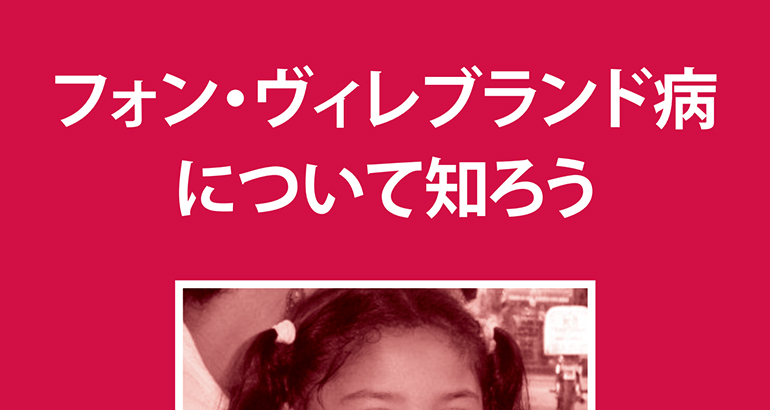
The 2023 edition is available in: English This edition is also available in: Spanish, French, Arabic, Russian, Simplified Chinese This edition of the resource has also been translated into the following language, with permission from the WFH, by NMOs: Farsi, Polish, Bengali, Setswana この患者向けハンドブックには、フォン・ヴィレブランド病の遺伝特性、診断、症状、管理についての基本情報が記載されています。
What is von Willebrand Disease? – Polish
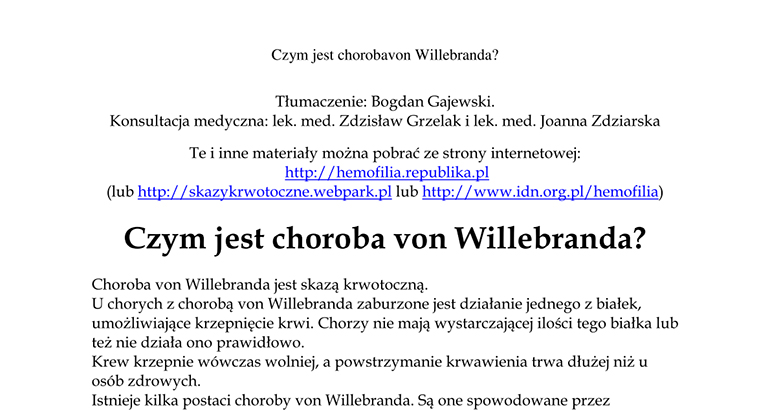
The 2023 edition is available in: English, Spanish, French This edition is also available in: Arabic, Russian, Simplified Chinese, Japanese This edition of the resource has also been translated into the following language, with permission from the WFH, by NMOs: Farsi, Bengali, Setswana This patient handbook contains basic information about the inheritance, diagnosis, symptoms and […]
What is von Willebrand Disease? – Farsi
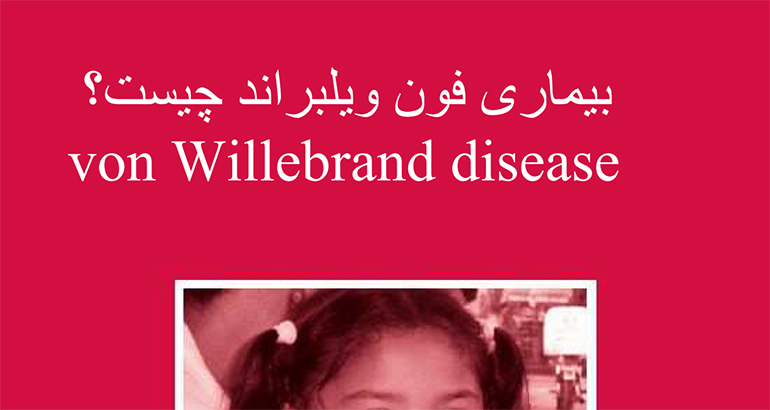
The 2023 edition is available in: English, Spanish, French This edition is also available in: Arabic, Russian, Simplified Chinese, Japanese This edition of the resource has also been translated into the following language, with permission from the WFH, by NMOs: Polish, Bengali, Setswana This patient handbook contains basic information about the inheritance, diagnosis, symptoms and […]
Exercises for People with Hemophilia – Traditional Chinese
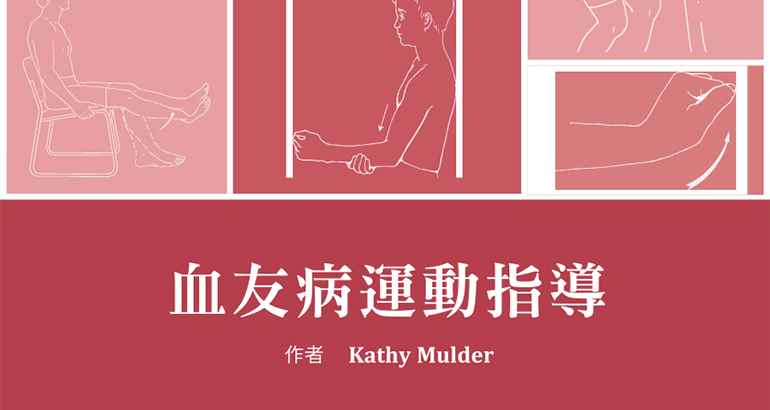
Also Available In: English, Spanish, French, Arabic, Russian, Simplified Chinese This is not an official WFH translation. This resource has been translated with permission by a WFH National Member Organization (NMO), and is shared here with their kind permission. Translating organizations are encouraged to have translations reviewed by local experts, the WFH is not responsible for […]
Exercises for People with Hemophilia – Portuguese
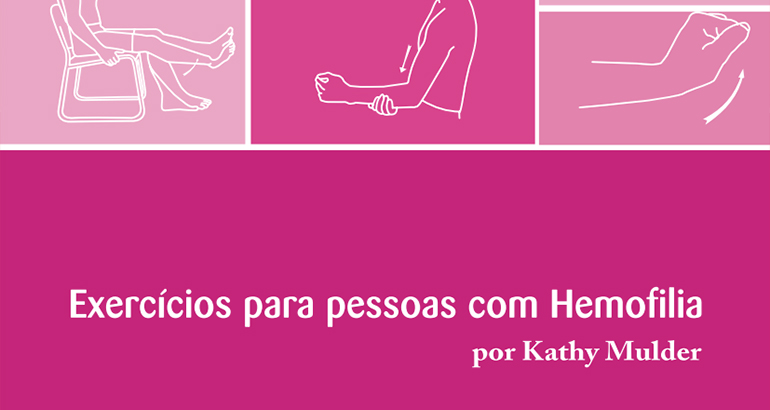
Also Available In: English, Spanish, French, Arabic, Russian, Simplified Chinese This is not an official WFH translation. This resource has been translated with permission by a WFH National Member Organization (NMO), and is shared here with their kind permission. Translating organizations are encouraged to have translations reviewed by local experts, the WFH is not responsible […]
Exercises for People with Hemophilia – Polish
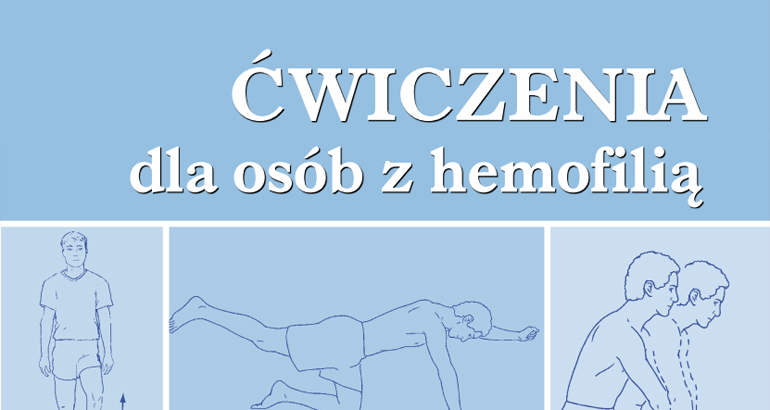
Also Available In: English, Spanish, French, Arabic, Russian, Simplified Chinese This is not an official WFH translation. This resource has been translated with permission by a WFH National Member Organization (NMO), and is shared here with their kind permission. Translating organizations are encouraged to have translations reviewed by local experts, the WFH is not responsible […]
Guide to Developing a National Patient Registry
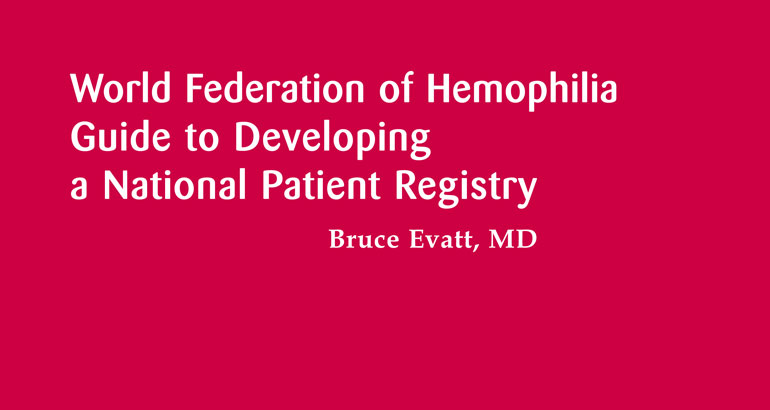
Having a national patient registry means being able to answer fundamental questions about the hemophilia population within a given country. This step-by-step guide outlines the basic principles of data collection, maintenance, and analysis and compares different types of registries.
Hemophilia in Pictures Educator’s Guide – Japanese
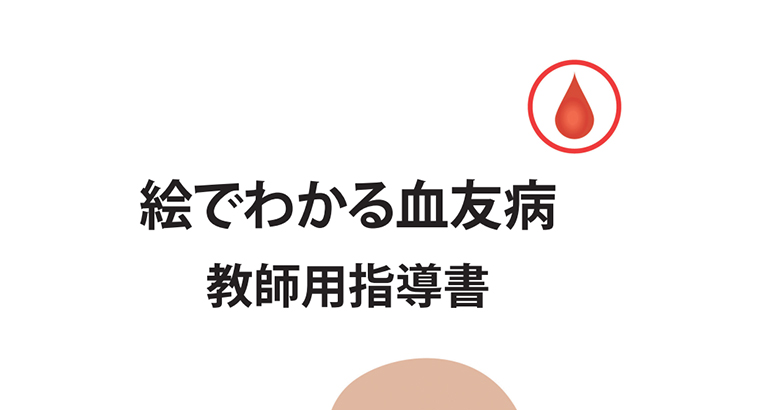
Also Available In: English, Spanish, French, Arabic, Russian, Simplified Chinese 血友病のカラーイラストガイド。患者両親、看護師、医療関係者、さらには血友病とその管理についての基本的な情報を伝えようとするすべての人向けの完全な教育ツールです。
What is Hemophilia? – Japanese
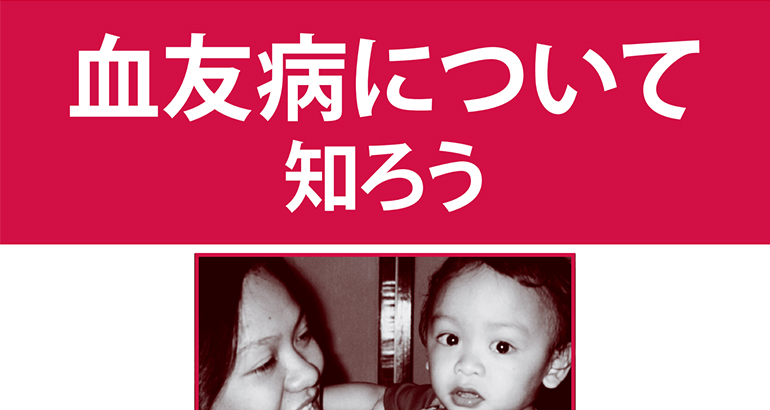
The 2023 edition is available in: English, Spanish, French, Arabic, Russian, Simplified Chinese This edition of the resource has also been translated into the following language, with permission from the WFH, by NMOs: Amharic, Setswana この患者向けハンドブックには、血友病の遺伝特性、症状、管理についての基本情報が記載されています。
Improving Care Beyond our Borders: A Twinning Guide for Hemophilia Treatment Centres
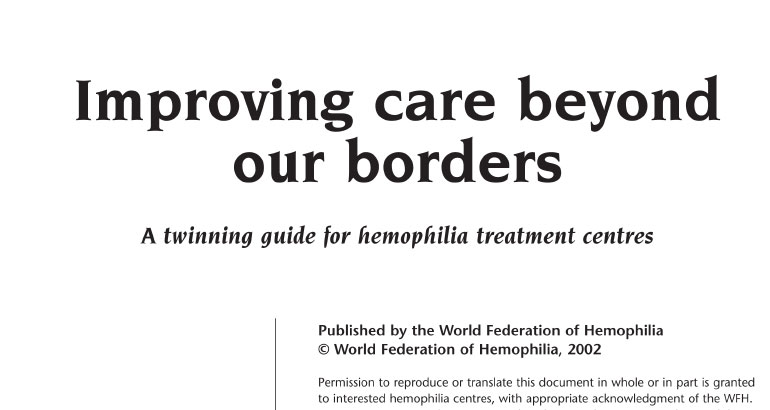
The Hemophilia Treatment Centre (HTC) Twinning program pairs emerging HTCs with established ones to help increase the levels of diagnosis and medical attention for people with hemophilia.
Reaching Beyond Our Borders: A Twinning Guide for Hemophilia Organizations
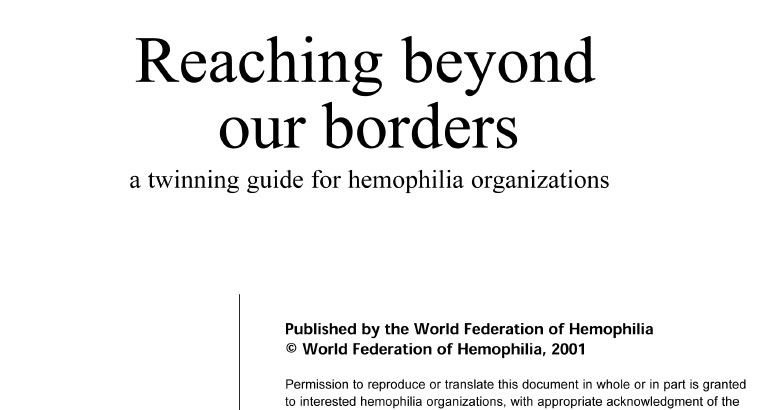
The Hemophilia Organization Twinning program links emerging and established hemophilia patient groups to share knowledge in areas such as patient education, outreach, fundraising, and all other aspects of operating a successful hemophilia patient society.
Guidelines for the Development of a National Programme for Haemophilia
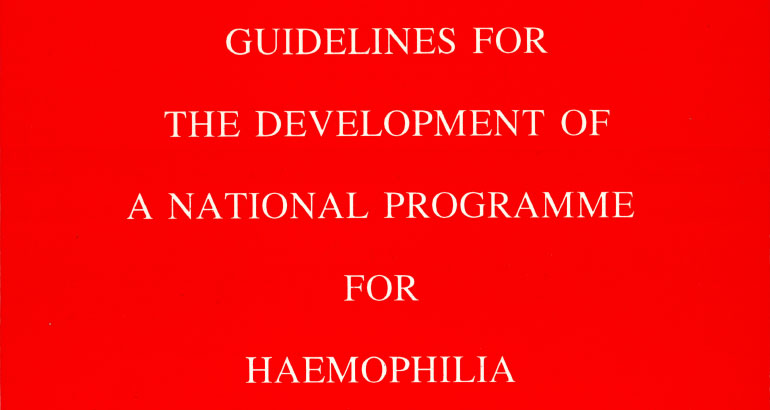
Jointly produced by the WFH and WHO, this publication provides guidance on the development of a successful national care program for hemophilia.
